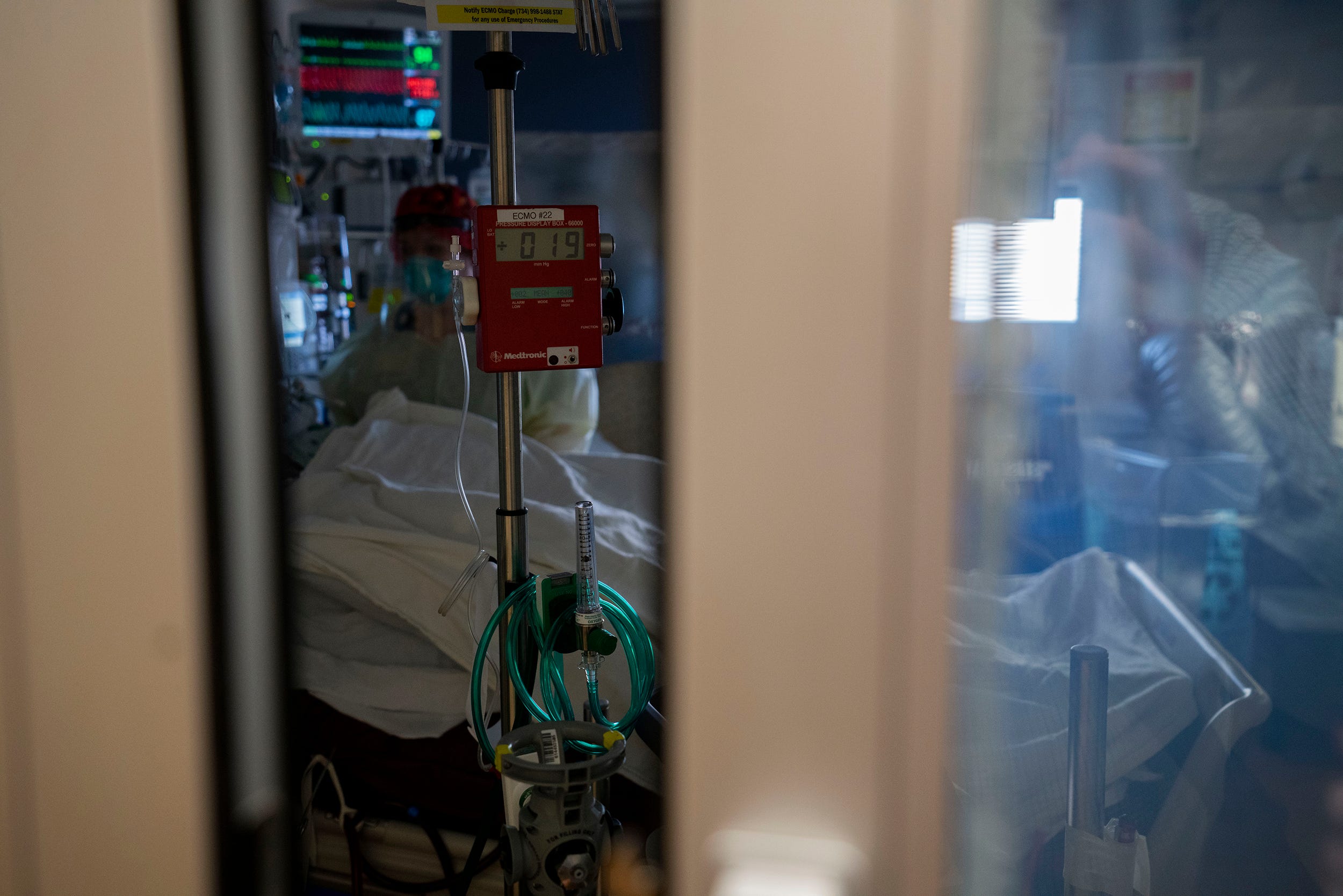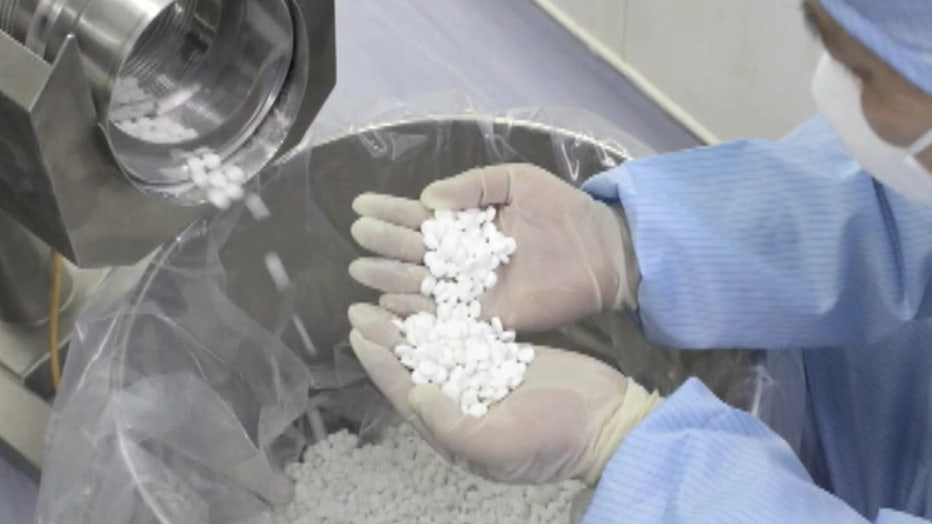
/cloudfront-us-east-1.images.arcpublishing.com/gray/NSOFERSDVZOQ7LBNC2JJ6AXAOU.jpg)
And another 40 percent report cognitive impairment on par with moderate brain injury.

About 1 in 10 of all patients who have been in the ICU have PTSD. For reasons still not entirely understood, some patients may develop what’s known as “post-intensive-care syndrome,” which can include a constellation of physical, cognitive, and psychological symptoms. But surviving can be just the start of a long recovery, and even after this pandemic fades, some survivors might have to face lingering aftereffects. The marvels of 21st-century medicine will help keep them alive in the best-case scenarios. In hospitals across America, thousands of the sickest COVID-19 patients are now needing intensive care. “I would not wish the experience on my worst enemy,” he says.

Kyle Mullicane spent more than a month in the ICU last year. “I don’t feel safe anymore,” he says, “like there’s a low hum of menace.” Even at home, normal life doesn’t quite feel normal. And while the nightmares have gotten better, he remembers vivid hallucinations from the ICU, when doctors and nurses appeared to him as witches with shimmering faces. Physically, he feels well enough to have hiked a national park in January. It has been eight months since Mullicane, 35, survived multiple organ failure from a bad reaction to heart medications. In his post-ICU dreams, he would succeed at doing so, only to suffocate as the broken pieces fell into his lungs. Immobilized, he tried to chew through the plastic. He had been on a ventilator, but his body fought so hard against the breathing tube in his throat that his arms and legs had to be restrained. Even after Kyle Mullicane came home from the ICU, he would have nightmares about being back in the hospital, struggling to breathe.


 0 kommentar(er)
0 kommentar(er)
